Gwyneth Paltrow’s accuser rode a camel despite claiming ski crash ‘left him a recluse’, court hears
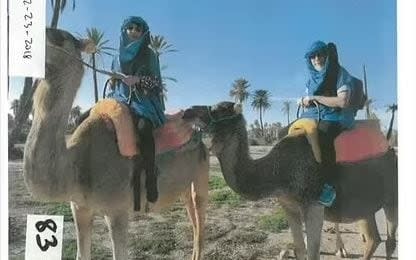
Gwyneth Paltrow’s accuser rode a camel and went trekking in Machu Picchu after the ski collision he alleged left him a “recluse”, the jury in the trial had heard.
Terry Sanderson, 76, said he was “living another life” after the 2016 collision with Paltrow on a Utah ski slope, which he says left him with broken ribs and severe brain injuries.
Paltrow’s lawyers brought the retired optometrist back on the stand on Wednesday to question how he was able to enjoy extensive travel around the world after the crash despite claims of debilitating symptoms.
They introduced photos into evidence of Mr Sanderson riding a camel in Morocco, trekking up to Machu Picchu in Peru and white-water rafting, some of which took place in the year after the accident.
On one holiday he was also pictured taking part in activities such as skiing and cycling.
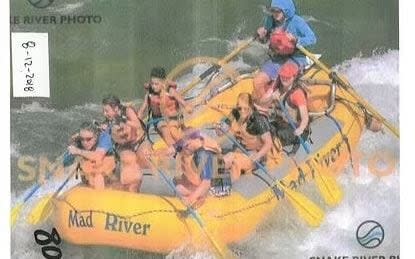
He also took a continent-wide loop around Europe with stops in the Netherlands, Germany, Switzerland, Italy, France and Belgium.
"Did you go to Peru?” Paltrow’s lawyer Steven Owens quizzed Mr Sanderson. “Walk the Golden trail? Did you do a zipline? Did you go to Europe? Did you go to the Netherlands three times? Rode bikes? Did bus tours?”
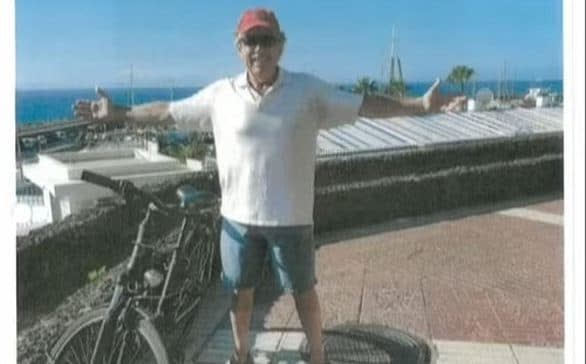
Earlier in the trial, Mr Sanderson’s team had a medical expert and family members testify that he could no longer enjoy his normal, active lifestyle due to the injuries he suffered in the crash.
He claimed that he had travelled because “it was part of the healing process” and that he “was told by several neurologists and cognitive therapists” to return to his routine of travelling, which happened “since retirement mostly”.
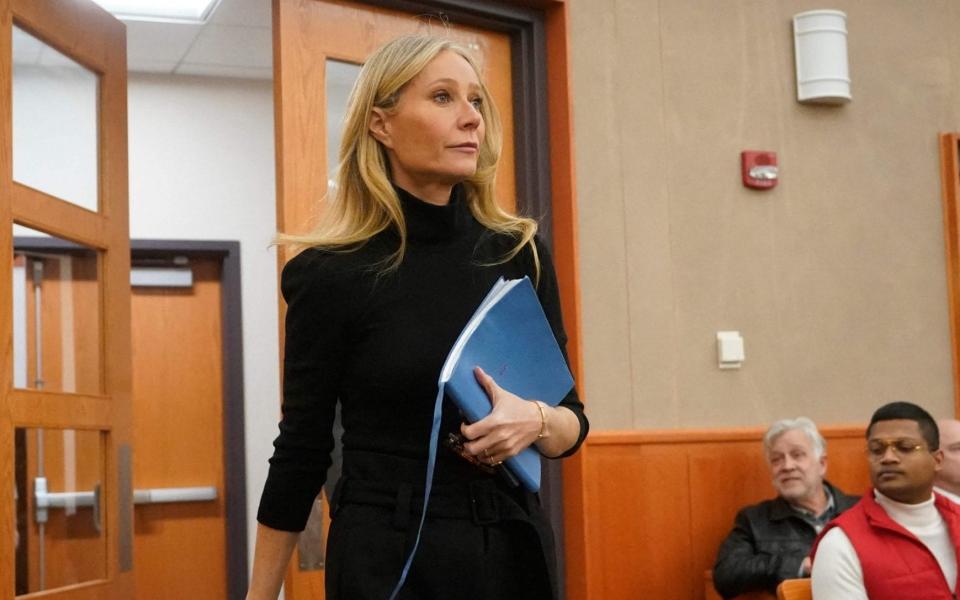
He added that the trips had been a struggle for him and that he had been unable to travel by himself. “Looking back at that time, I was determined to prove I didn't have any mental issues,” he said.
Earlier this week, the Hollywood actress’s lawyers asked why he had brought the $300,000 civil lawsuit, he replied: “No one believed how serious my injuries were.”
He described himself seven years on from the crash as a ”self-imposed recluse”, who now spent 90 per cent of his time in the house. “I don’t have the same spark I had. I have a much wider range of temperament than I did before,” he told the court in his testimony.
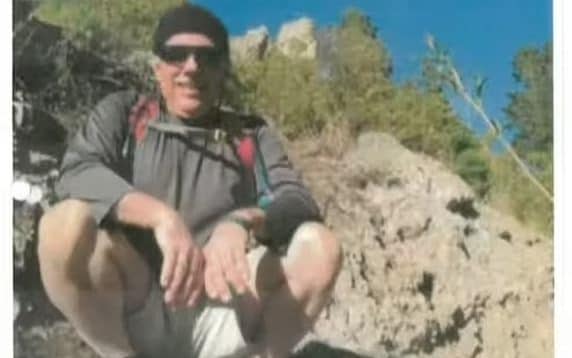
Neuropsychologist Angela Eastvold, an expert witness for Paltrow’s team, said on Wednesday that he was not showing any signs of mental impairment as a result of the collision.
Psychological evaluations on him showed that he scored high on narcissism and "likes attention", according to Dr Eastvold.
The defence, which is countersuing for a token $1 in damages plus attorney’s fees, is set to wrap up its case today and the jury is expected to hear closing statements before going out for deliberations.
One legal expert told the Law & Crime website that the defendant’s celebrity status could work in her favour.
“The case boils down to who the jury believes and finds to be more credible,” said George Salinas, a Texas-based personal injury lawyer and legal expert. “Juries tend to look at anyone making a claim for money damages with suspicion at the outset, and maybe more so when there is a celebrity on the other side.”

 Yahoo News
Yahoo News 
